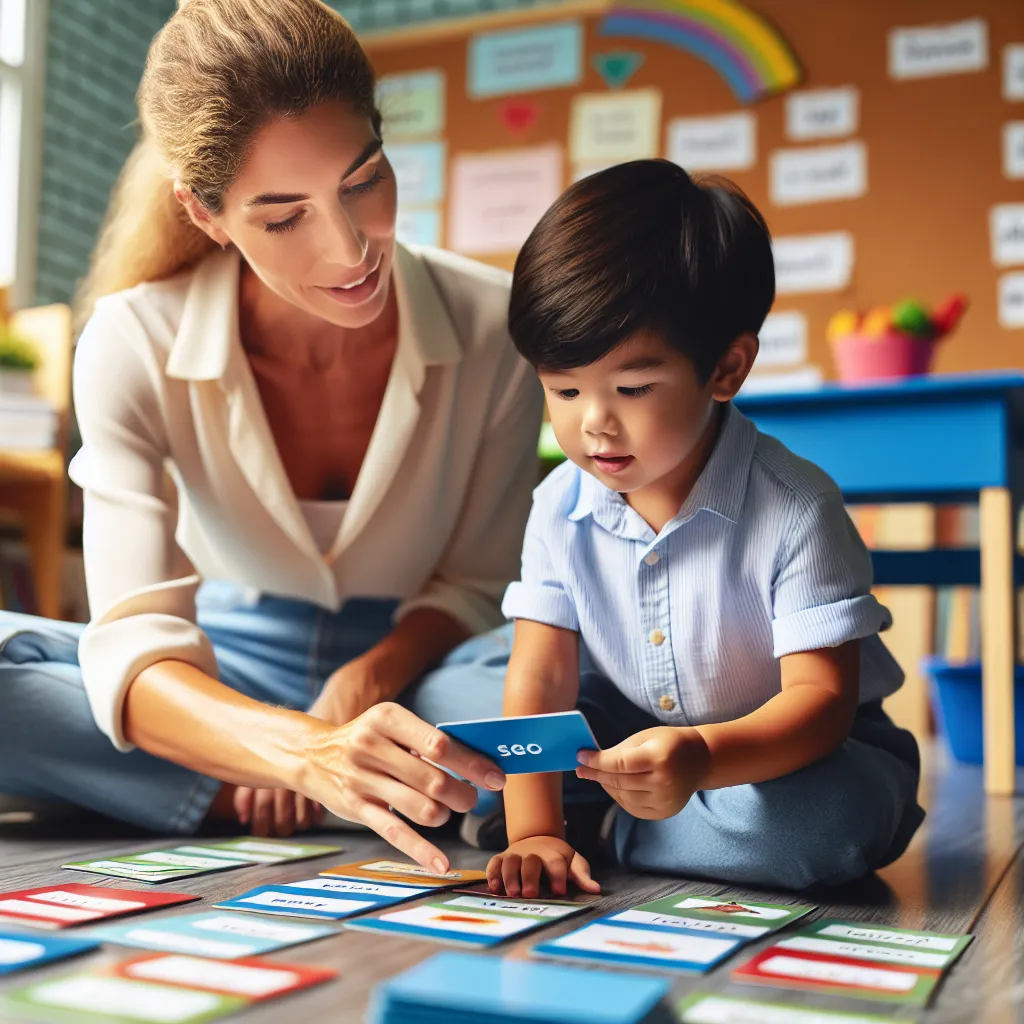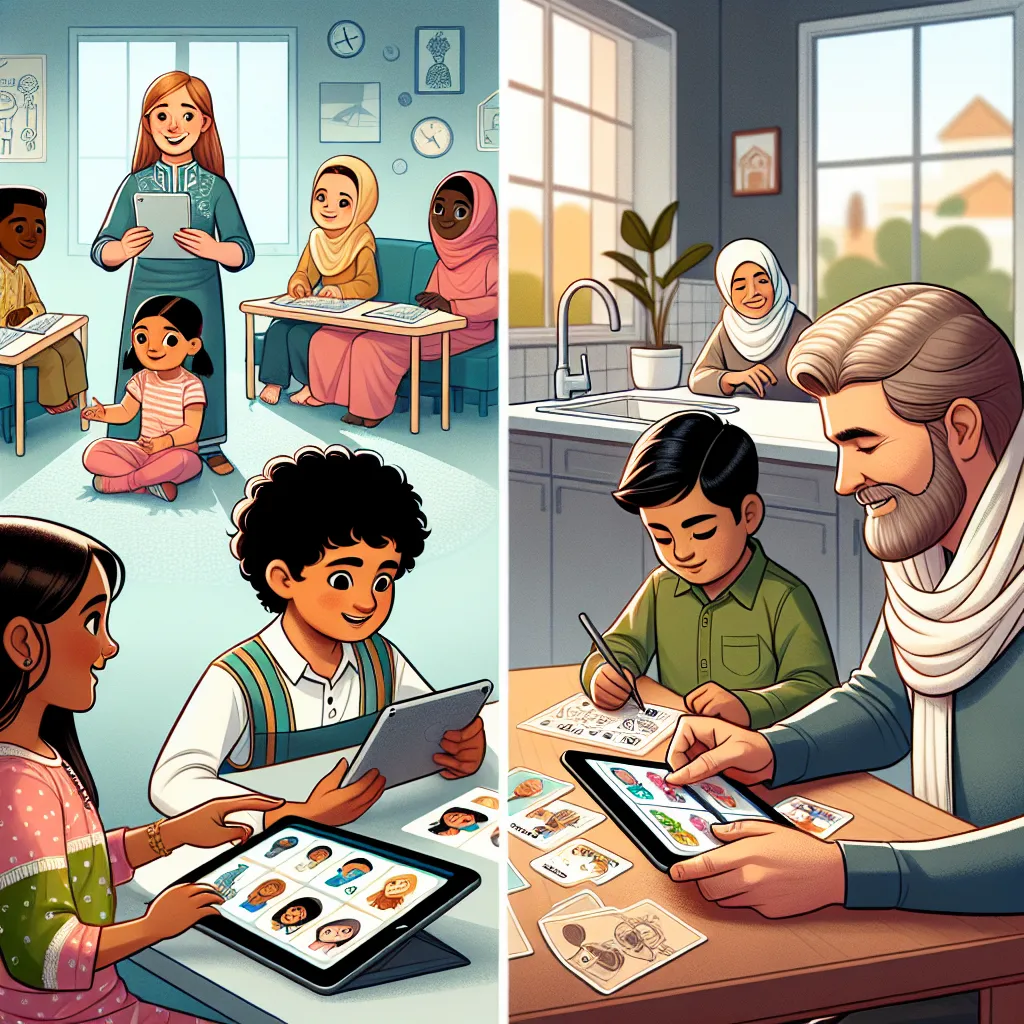Ask AI on The Internet
Question: Analyse TWO (2) challenges that may arise during language development in learners and identify strategies that can support and promote language acquisition in the classroom or home environment. (4)
Certainly! Here’s an analysis of two challenges that may arise during language development in learners and strategies to support and promote language acquisition in both the classroom and home environments: ### Challenge 1: Limited Exposure to Language **Analysis:** Children who have limited exposure to rich, diverse language input may struggle with language acquisition. This can stem from various factors such as a language-poor home environment, socio-economic barriers, or limited interaction with proficient speakers. **Strategies to Address This Challenge:** 1. **Classroom Strategies:** - **Create a Language-Rich Environment:** Teachers can surround learners with a variety of spoken and written language through books, labels, charts, interactive activities, and discussions. - **Interactive Read-Alouds:** Regularly reading to children and encouraging them to discuss stories can expose them to new vocabulary and complex sentence structures. - **Language Games and Activities:** Engaging students in games and activities that promote speaking, listening, and reading can enhance their language skills in a fun and interactive way. 2. **Home Strategies:** - **Daily Reading Routine:** Encourage parents to read to their children daily, allowing them to hear fluent reading and expand their vocabulary. - **Language-Rich Interactions:** Families can engage in conversations about various topics, ask open-ended questions, and encourage storytelling or sharing daily experiences. - **Educational Media:** Utilizing educational TV shows, audiobooks, and interactive language apps can immerse children in diverse language experiences, especially in homes where direct language interaction may be limited. ### Challenge 2: Language Learning Disabilities or Delays **Analysis:** Some children may have inherent language learning disabilities or developmental delays, such as dyslexia or speech disorders, which can significantly hamper their ability to acquire language skills effectively. **Strategies to Address This Challenge:** 1. **Classroom Strategies:** - **Individualized Support:** Implement Individualized Education Plans (IEPs) tailored to the specific needs of each child. This may include speech therapy, extra reading support, or specialized instruction methods. - **Multisensory Teaching Approaches:** Use teaching methods that incorporate visual, auditory, and kinesthetic learning activities to reinforce language concepts and make learning more accessible. - **Peer-Assisted Learning:** Encourage collaborative learning where peers can support each other, fostering an inclusive environment and providing opportunities for language modeling. 2. **Home Strategies:** - **Consistent Language Practice:** Parents can work closely with speech therapists and educators to practice language skills at home, ensuring consistency in approaches and reinforcement of strategies used in therapy sessions. - **Positive Reinforcement:** Celebrate small language milestones and provide positive feedback to build the child's confidence and motivation. - **Use of Technology:** Utilize assistive technologies designed for children with language learning disabilities. Apps that focus on phonics, speech articulation, and language structure can offer additional practice in a supportive, engaging manner. By addressing these challenges with comprehensive and targeted strategies, both educators and parents can create an environment conducive to effective language acquisition, fostering better communication skills and academic success in learners.
Think your answer is better than the AI's? Post it below.
Other Most Relevant Posts:
 Title: Addressing the Challenge: Overcoming Early Language Delays in Learners from Varied Home Environments
Title: Addressing the Challenge: Overcoming Early Language Delays in Learners from Varied Home Environments
 Title: Overcoming Early Language Delays: Strategies for Educators and Parents to Support Linguistic Development
Title: Overcoming Early Language Delays: Strategies for Educators and Parents to Support Linguistic Development
Question Tags
If you want your question answered by an AI, click here.





Post your own comment: